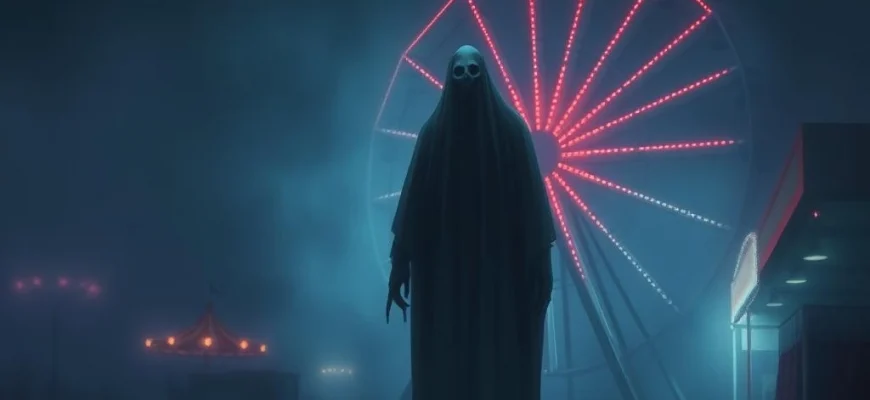If you're a fan of the eerie and unsettling atmosphere of 'Carnival of Souls' (1962), you'll love these 10 similarly haunting movies and shows. This article explores films and series that capture the same psychological horror, surreal visuals, and chilling narratives that made 'Carnival of Souls' a cult classic. Whether you're looking for more ghostly tales or mind-bending mysteries, this list has something to send shivers down your spine.

The Cabinet of Dr. Caligari (1920)
Description: A pioneering work of German Expressionism with distorted sets and a nightmarish visual style. The narrative explores themes of madness and control.
Fact: One of the first horror films ever made, its twist ending was groundbreaking. The film's sets were designed to reflect the protagonist's fractured psyche.
 Watch Now
Watch Now 
Vampyr (1932)
Description: A dreamlike, atmospheric horror film with a focus on the supernatural and the unknown. The use of shadows and fog creates a pervasive sense of dread.
Fact: The film was shot without sound and had dialogue added later, contributing to its eerie, silent quality. It was poorly received initially but is now a cult classic.
 Watch Now
Watch Now 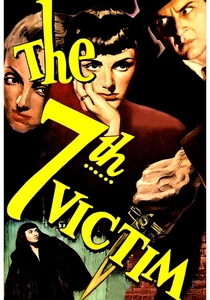
The Seventh Victim (1943)
Description: A dark, moody thriller with themes of isolation and existential fear. The film's noir-like visuals and somber tone create a haunting experience.
Fact: Produced by Val Lewton, known for his atmospheric horror films. The film's ending is notably bleak for its time.
 Watch Now
Watch Now 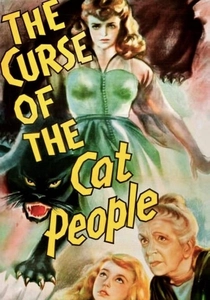
The Curse of the Cat People (1944)
Description: A psychological drama with supernatural elements, focusing on a child's imagination and loneliness. The film's ethereal visuals evoke a sense of otherworldliness.
Fact: Originally intended as a sequel to 'Cat People,' it diverged significantly into a more poetic, less horrific narrative. It explores themes of childhood and fantasy.
 Watch Now
Watch Now 
Diabolique (1955)
Description: A suspenseful psychological thriller with a twist ending and themes of guilt and paranoia. The film's claustrophobic setting and tension-filled narrative create a sense of dread.
Fact: The film was a major influence on Alfred Hitchcock's 'Psycho.' It was initially banned in several countries for its shocking content.
 Watch Now
Watch Now 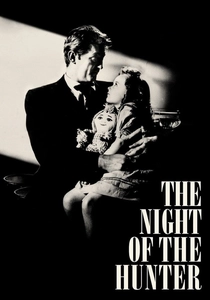
The Night of the Hunter (1955)
Description: A chilling tale of good versus evil with a nightmarish, fairy-tale quality. The film's stark black-and-white cinematography and shadow play enhance its eerie atmosphere.
Fact: The only film directed by actor Charles Laughton. Its visual style was inspired by German Expressionism and silent films.
 Watch Now
Watch Now 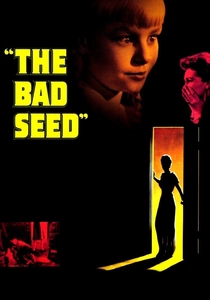
The Bad Seed (1956)
Description: A psychological horror film exploring the nature of evil, particularly in children. The film's unsettling tone and moral ambiguity contribute to its eerie impact.
Fact: One of the first films to feature a child as the antagonist. The original ending was changed due to censorship concerns.
 Watch Now
Watch Now 
Eyes Without a Face (1960)
Description: A haunting tale of identity and obsession, with a dreamlike, surreal quality. The film's clinical yet poetic visuals contribute to its eerie tone.
Fact: The film was controversial upon release for its graphic scenes but is now celebrated as a masterpiece of French horror. It influenced many later horror films.
 Watch Now
Watch Now 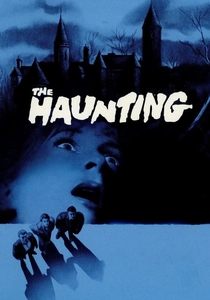
The Haunting (1963)
Description: Features a haunting, psychological narrative with a focus on the protagonist's descent into madness. The use of sound and shadow creates a deeply unsettling atmosphere.
Fact: Based on Shirley Jackson's novel 'The Haunting of Hill House,' it is considered one of the greatest horror films ever made. It relies on suggestion rather than explicit scares.
 Watch Now
Watch Now 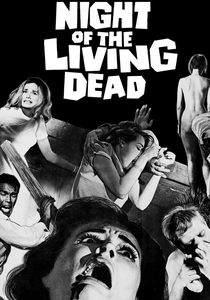
Night of the Living Dead (1968)
Description: Shares a low-budget, eerie atmosphere with a focus on psychological horror and existential dread. The black-and-white cinematography enhances the unsettling mood.
Fact: The film was shot on a shoestring budget and became a cult classic, revolutionizing the zombie genre. It was added to the National Film Registry in
 Watch Now
Watch Now 
